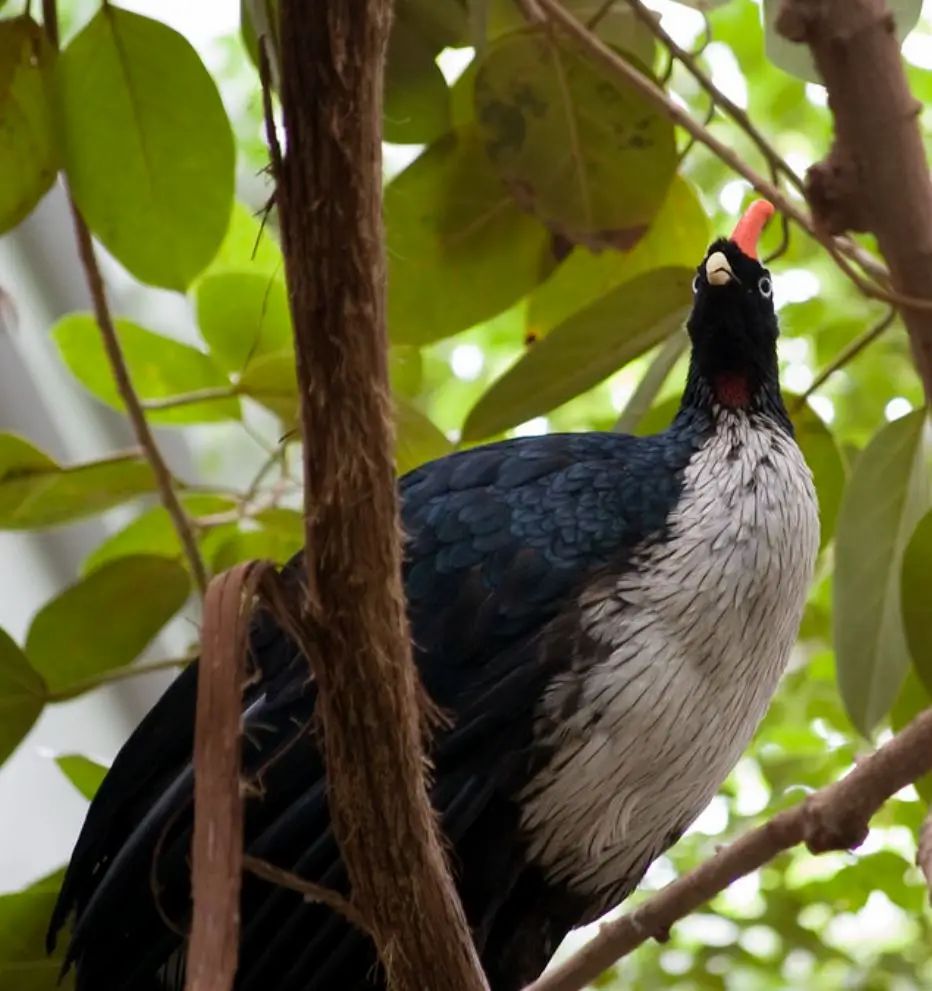
The horned guan (Oreophasis derbianus) is a remarkable bird that commands attention with its unmistakable appearance. Named for the unusual red “horn” of bare skin at the tip of its head, this large cracid is a true emblem of the cloud forests it calls home.
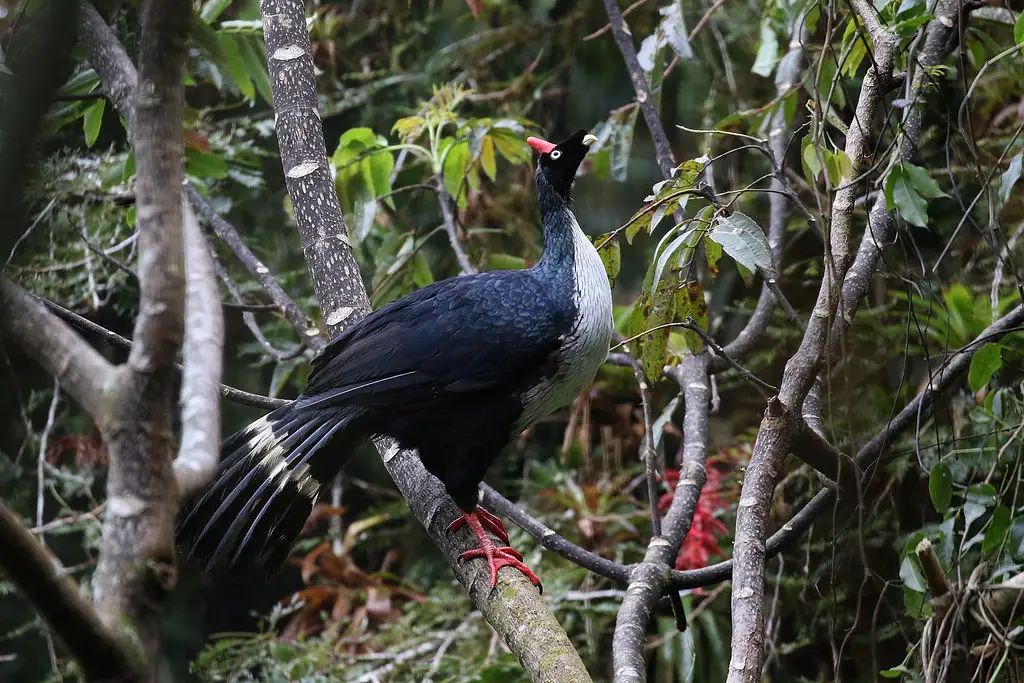
The horned guan’s distinguishing feature is its impressive horn, which averages between 1.6 to 2.4 inches (4 to 6 cm) in length. Glossy black feathers with a blue-green sheen cover its body, while the foreneck, breast, and upper belly display a striking white color adorned with black flecks. Brown flanks and a white band near the base of the tail further contribute to its striking appearance. Additionally, these birds possess a small red dewlap, or loose skin, hanging under their necks. With red legs, white irises, and a yellow bill, the horned guan captivates both bird enthusiasts and casual observers alike.

Found in western and central Guatemala, as well as the Sierra Madre de Chiapas in southern Mexico, the horned guan thrives in the lush cloud forests with dense undergrowth. These birds prefer altitudes ranging from 2,000 to 3,500 meters, where the misty, mystical atmosphere creates a perfect habitat for their survival.

The diet of the horned guan consists mainly of fruits and green leaves, although they occasionally consume invertebrates as well. Their frugivorous nature contributes to seed dispersal, playing a crucial role in maintaining the ecosystem’s balance and promoting forest regeneration.
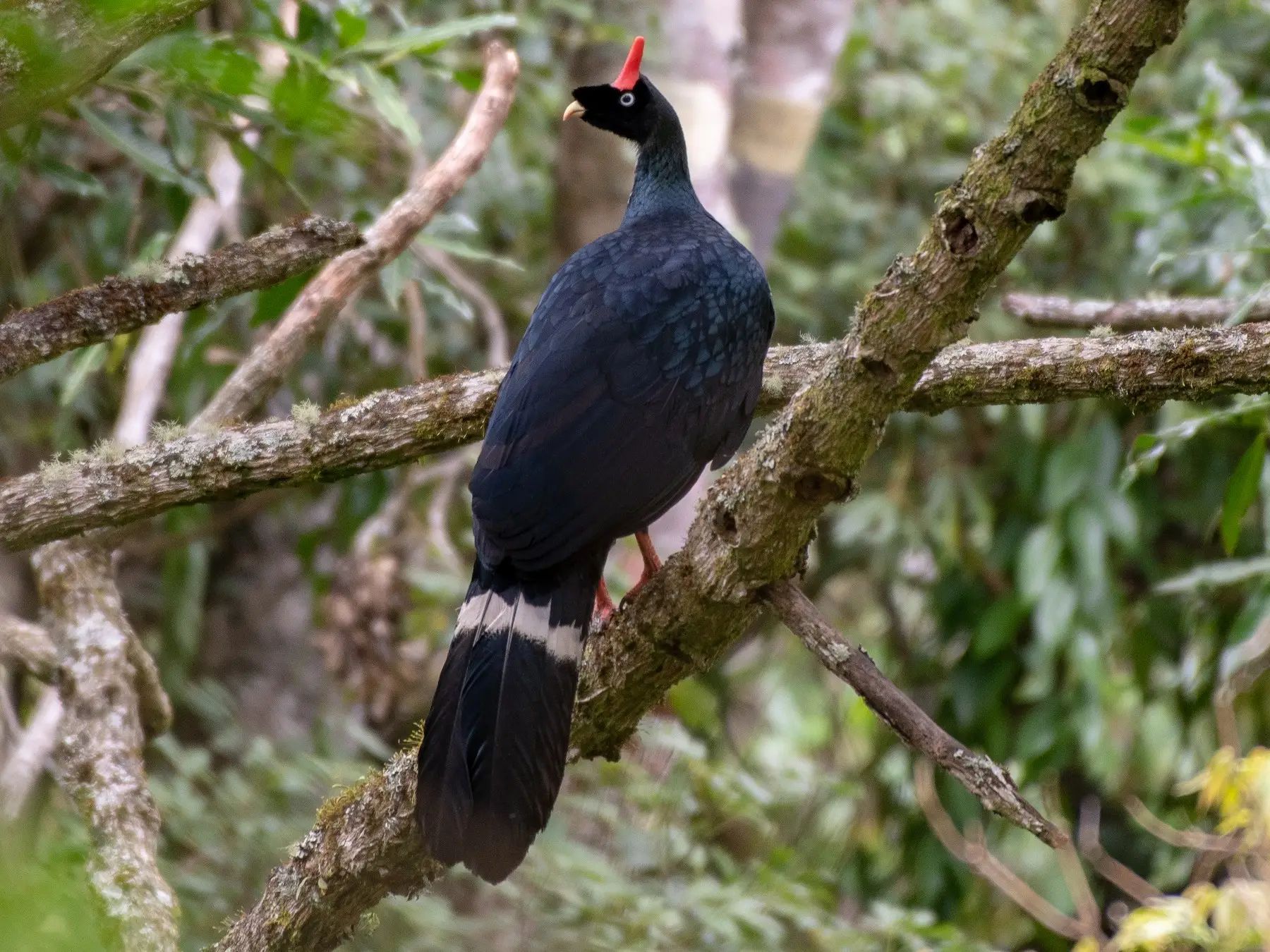
In terms of breeding behavior, the horned guan exhibits polygyny, with males mating with multiple females. Breeding occurs from January to July, and nests are constructed high up in the canopy, typically around 20 meters above the ground. The female lays two eggs in a nest made from leaves, bromeliads, orchids, and vines. Incubation is solely carried out by the female, lasting approximately 33 to 36 days. Once hatched, the chicks leave the nest but may remain dependent on their mother for several months.
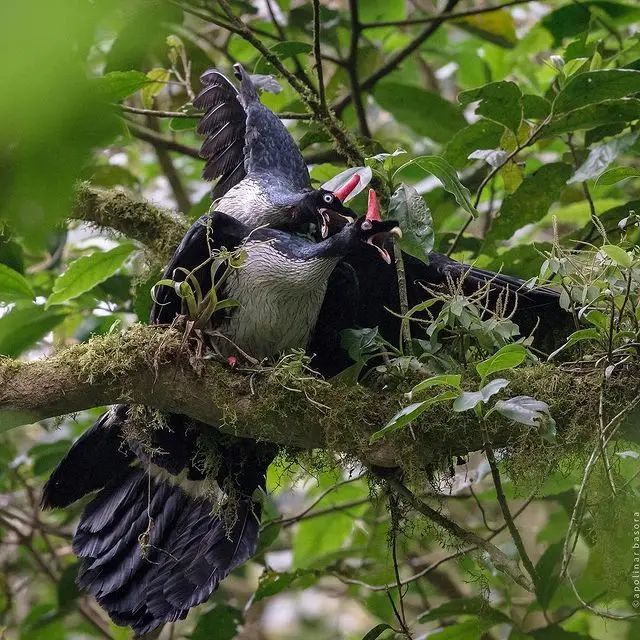
Despite its captivating presence, the horned guan faces significant threats, leading to its classification as an endangered species by the International Union for Conservation of Nature (IUCN). The bird’s breeding range is severely fragmented and confined to a small geographic area. With an estimated global population of just 600 to 1,700 individuals, the horned guan’s numbers are dwindling slowly. Deforestation, primarily driven by logging, firewood-gathering, and agricultural expansion such as coffee plantations, poses a significant risk to its survival. Additionally, hunting for subsistence and forest degradation caused by roaming cattle further exacerbate the challenges faced by this remarkable bird.
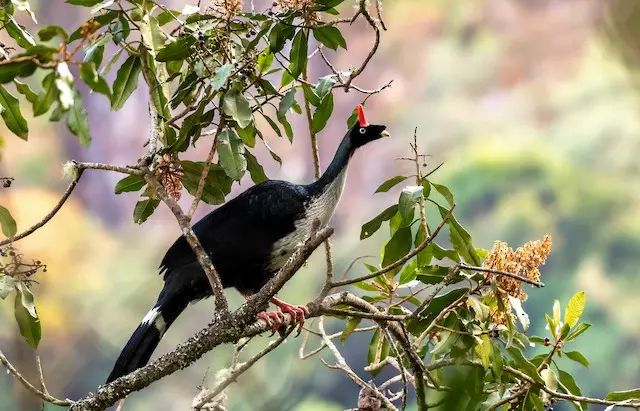
To protect the horned guan and its fragile habitat, concerted conservation efforts are imperative. Safeguarding the remaining cloud forests, implementing sustainable land use practices, and raising awareness about the importance of preserving this unique species are crucial steps in ensuring its survival. By taking action now, we can strive to secure a future where the horned guan’s vibrant presence continues to grace the cloud forests, enriching the natural heritage of our planet.

To experience the enchanting beauty and sounds of the horned guan, watch the captivating video below. Let its magnificence inspire us to cherish and protect the remarkable diversity of our natural world.
YOU CAN WATCH AND LISTEN TO THIS BIRD RIGHT HERE IN THE VIDEO BELOW:



